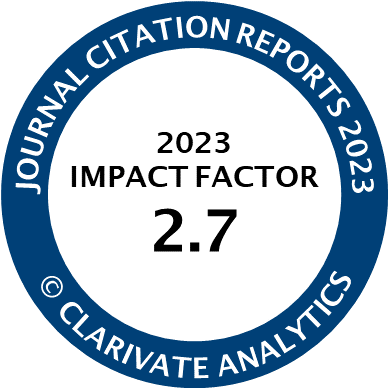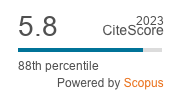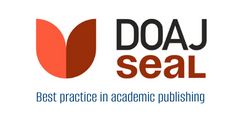Article | Open Access
Motivations and Affordances of ChatGPT Usage for College Students’ Learning
| Views: | 416 | | | Downloads: | 413 |
Abstract: This study explored college students’ experiences and evaluations of using ChatGPT for class-related activities including essay writing, exam preparation, and homework. Students from two classes on the same subject were surveyed, and quantitative data on their motivations and usage of ChatGPT were collected (Class 1, n = 48; Class 2, n = 106; N = 154). Hierarchical regression analysis revealed that using ChatGPT as a study guide and for active interaction were significant predictors of actual usage level, while its usage for entertainment and study guide was associated with higher trust in the tool. We further collected qualitative data through open-ended surveys (Class 1, n = 154; Class 2, n = 106). Responses were manually coded and thematically analyzed, with comparisons drawn between the two classes. Students’ perceptions varied, with many acknowledging the affordances of ChatGPT, such as helping to organize thoughts, clarifying concepts, and structuring essays. However, some participants raised concerns about the tool’s limitations—particularly its potential to inhibit critical and creative thinking—as well as issues related to the reliability, accuracy, and quality of information provided. The implications of these findings are discussed in relation to the uses and gratifications theory, the technology acceptance model, and the concept of media affordances.
Keywords: affordances; ChatGPT; ChatGPT usage; generative AI; higher education; motivation
Published:
Issue:
Vol 13 (2025): AI, Media, and People: The Changing Landscape of User Experiences and Behaviors (In Progress)
© Sun Kyong Lee, Jongsang Ryu, Yeowon Jie, Dong Hoon Ma. This is an open access article distributed under the terms of the Creative Commons Attribution 4.0 license (http://creativecommons.org/licenses/by/4.0), which permits any use, distribution, and reproduction of the work without further permission provided the original author(s) and source are credited.




